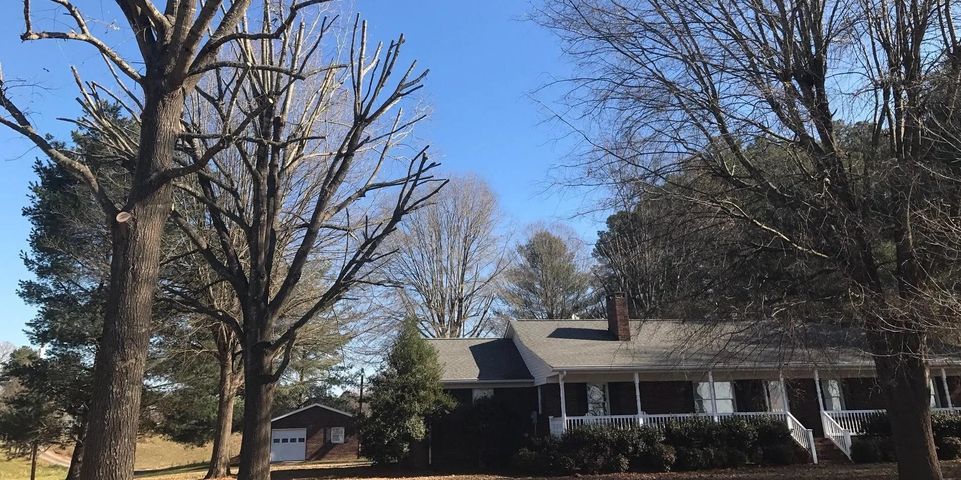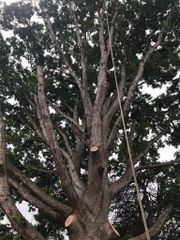
Although trees are a natural habitat for many insects, some are more troublesome guests than others. These pests can threaten human safety and cause extensive damage to entire populations of trees. While tree services can help remove damaged or infected trees before an infestation spreads, learning to identify harmful insects is critical to ensuring the longterm health of your trees. Use the guide below to learn more about pests that are common in North Carolina.
Pests That Harm Trees in North Carolina
1. Crape Myrtle Aphids
Crape myrtle aphids are small green insects, typically pear-shaped, with long slender legs. As their name suggests, they only attack crape myrtle trees. Their populations are typically kept in check by predatory insects such as ladybugs and lacewings, but due to their quick reproduction, a small number of aphids can turn into a full-blown infestation within weeks.
Crape myrtle aphids are commonly found on the underside of leaves where they suck sap from the plant, depleting it of valuable nutrients. Large colonies of aphids can quickly drain a healthy tree of its sap and cause yellow spots, drooping leaves, leaf curl, and even dieback of the tree's shoots and buds.
2. Emerald Ash Borer
 Emerald ash borers are typically identified by their metallic green slender bodies and wiry black legs. They are relative to a group of wood-boring beetles that infests and kills both weakened and vigorously growing ash trees.
Emerald ash borers are typically identified by their metallic green slender bodies and wiry black legs. They are relative to a group of wood-boring beetles that infests and kills both weakened and vigorously growing ash trees.
The presence of emerald ash borers can be identified by thinning or dying branches, especially in the top of the tree, S-shaped tunnels just beneath the bark, and flecking of bark by woodpeckers. Trees attacked by the emerald ash borer typically die within one to three years, so it’s critical to consider tree services to address the issue before it worsens.
3. Eastern Tent Caterpillars
Eastern tent caterpillars have long blue-black bodies marked by identifiable white and yellow stripes and black spots. They feature downy white tufts above their numerous legs that make them appear fluffy. In cold weather, these caterpillars lay numerous eggs on trees and shrubs that hatch around springtime to feed on nutritious young leaves.
They can typically be spotted by the silken tents that are built to protect their egg masses and surrounding branches. While caterpillars themselves can't typically kill trees, their continual feeding can weaken trees, making them more susceptible to diseases.
Protect your trees from pest infestations by contacting the professionals at H & H Tree Service in New London, NC. For over 23 years, they have provided high-quality tree services, including pest removal, tree trimming, pruning, and emergency tree care. Contact them today at 704-463-0353 to schedule an appointment, or visit them online to learn more about their services.
About the Business
(1 reviews)
Have a question? Ask the experts!
Send your question

